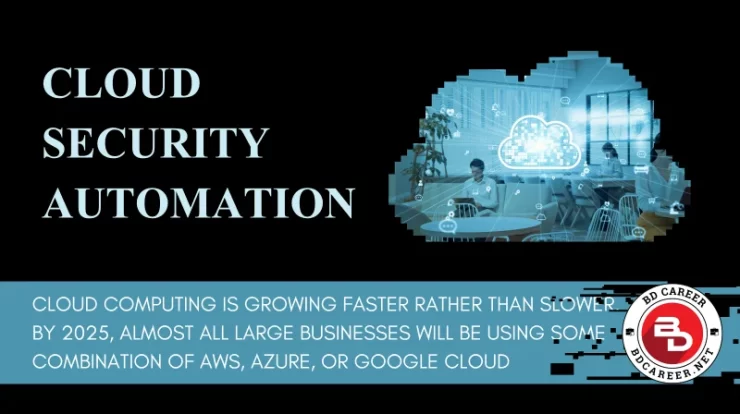
CRMs. Oh, where do I even start? On paper, they look amazing. A single place to store all your customer info, track every interaction, and make your sales, marketing, and support teams work like a dream. Sounds like a fantasy, right? But the reality, well, it’s messy. Really messy. Because while CRMs promise the moon, they sometimes deliver chaos, frustration, and, let’s be honest, headaches.
If you’ve ever sat through a “let’s leverage our CRM to the max” meeting and left more confused than inspired…yeah. You know what I mean.
Contents
Data Overload: Too Much of a Good Thing
Here’s the thing. CRMs track everything. Emails, calls, clicks, social media likes, and even the random time someone opens a PDF you sent. All that data is piling up. At first, it feels fantastic. You’re like, “Wow, I have all the info I could ever need!”
But then, reality hits. Sales representatives are overwhelmed with hundreds, sometimes thousands, of data points per client. And here’s the kicker, most of it isn’t even helpful. Imagine scrolling through endless fields to find the one piece of info that actually matters. Hours wasted. Leads are going cold. Frustration building. I’ve seen teams literally give up and ignore the CRM altogether.
It’s ironic, isn’t it? Something meant to simplify work ends up being a full-time job in itself. Sometimes less really is more.

Integration Chaos: The Spaghetti Problem
And don’t even get me started on integrations. CRMs are supposed to “connect everything,” right? Marketing tools, ERPs, support systems, you name it. The dream is seamless, the reality is spaghetti.
Different APIs, different updates, glitches that make no sense. Suddenly, your supposedly integrated CRM is a patchwork of half-working connections. Data silos form. Duplicate records pop up like weeds. Teams waste hours figuring out if a lead has already been contacted.
One company I know spent months trying to sync its CRM with its ERP. At the end, half their records were misaligned. Customers got calls about things they already bought. Emails went to the wrong people. Cue mass confusion and a few very unhappy clients.
It’s the classic “good idea gone wrong” scenario. And honestly, it makes you wonder why every software company insists everything has to be “fully integrated.” Maybe some things are better off separate. Just saying.
Security Gaps: Sleeping Giants
Now, here’s the scary part. All that data, names, emails, purchase history, maybe even health info, is a hacker’s dream. And yet, security often gets slapped on as an afterthought. Weak passwords, misconfigured cloud storage, and a lack of encryption. You’ve seen it. Maybe your own company is guilty. No shame, it’s common.
Then there’s human error. People sharing logins, opening sketchy attachments, using public Wi-Fi like it’s nothing. It happens. And suddenly, all that sensitive customer data is at risk.
On top of that, there are regulations. GDPR, CCPA, HIPAA, yeah, all those letters that sound boring but could bankrupt you if you mess up. Noncompliance isn’t just a slap on the wrist. It’s fines, lawsuits, and PR disasters. Your shiny CRM becomes a liability instead of an asset.

Data Overload When More Is Less
So, you know when you’re drowning in emails and you can’t find the one you actually need? That’s precisely how a lot of folks feel using CRMs. These platforms suck up so much data from every email, call, social media mention, you name it. It piles up, and suddenly, instead of clarity, you’ve got a digital junk drawer stuffed to the brim.
It’s like trying to find a needle in a haystack, but worse because the haystack keeps growing every minute. Sales teams get bogged down. What’s crucial, what’s fluff? Hard to tell! And getting bogged down can slow decisions to a crawl. I remember once working on a project where the CRM was so bloated that the sales reps literally stopped using it. They’d revert to old-school notes or emails because the CRM just wasn’t user-friendly anymore.
What’s worse, businesses often dump all the data they can get without thinking twice, importing entire spreadsheets, third-party lists, historic data that’s… well, frankly, outdated or wrong. This makes reports bloated, predictions fuzzy, and marketing efforts less effective. It’s like having too much info and zero filter; you lose sight of what matters.
The antidote? Well, it’s messy. You gotta clean house regularly, set clear rules for what to keep, and train folks on how to actually use the CRM instead of just treating it like a data warehouse. But honestly, most companies don’t give this part enough love. They focus on the fancy features but skip the basics.
Human Strain: The People Problem
Let’s not forget the humans. CRMs are powerful, yes, but often overly complicated. Features everywhere. Updates every month. Dashboards that look like spaceship control panels. Even experienced employees can feel completely lost.
The result? Shadow IT. People bypass the system, go back to spreadsheets or personal apps. “It’s just easier,” they say. And, honestly, they’re right. But all that rogue data makes the CRM even messier. It’s a vicious cycle.
Training helps, but only if it’s done right. Too often, it’s rushed. Employees forget half of it. Features go unused. Frustration grows. And then the CRM, instead of helping, becomes the thing everyone quietly complains about in the break room.
The Real Costs
So, what’s the fallout? Money wasted. High licensing fees for features no one uses. Productivity is lost chasing insufficient data or fixing integration errors. And worst of all, customers suffer. Wrong emails, delayed responses, missed opportunities. Churn goes up. Trust goes down.
I’ve watched it happen. Teams are excited to implement a CRM only to realise six months later that it’s barely being used, costs are stacking up, and clients are annoyed. The ROI is…well, let’s just say it’s disappointing.

Fighting Back: How to Make CRM Work
Despite all this doom and gloom, CRMs can be amazing. But you need a strategy. Patience. And a little humility.
First: Manage your data smartly. Capture what’s meaningful, not everything under the sun. Dashboards should give insights, not confusion.
Second: Be picky with integrations. Not everything needs to be connected. Clean up redundant apps. Audit regularly. Don’t let your CRM become a tangled mess.
Third: Security first. Always. Encrypt sensitive info, enforce access controls, and train your team. A breach isn’t just an IT problem. It’s a business disaster.
Fourth: Support your people. Real training, feedback loops, and workflows that actually make sense. Complexity doesn’t help anyone.
And finally: Choose your vendor wisely. Usability, support, security, these aren’t “nice-to-haves.” They’re essential.
Conclusion
CRMs are powerful. They can transform how you work with customers. But they’re not magic. They’re tools that need strategy, discipline, and attention to humans as much as tech.
The dark side of CRM isn’t something to fear. It’s something to acknowledge. Understand the pitfalls. Plan for them. Train for them. Protect against them. Only then can you really get the value you’re hoping for. And let’s be real, sometimes admitting that your CRM is a little messy is just human. Perfection isn’t the goal. Insightful, usable, secure, and kind of organised? That’s the dream.





